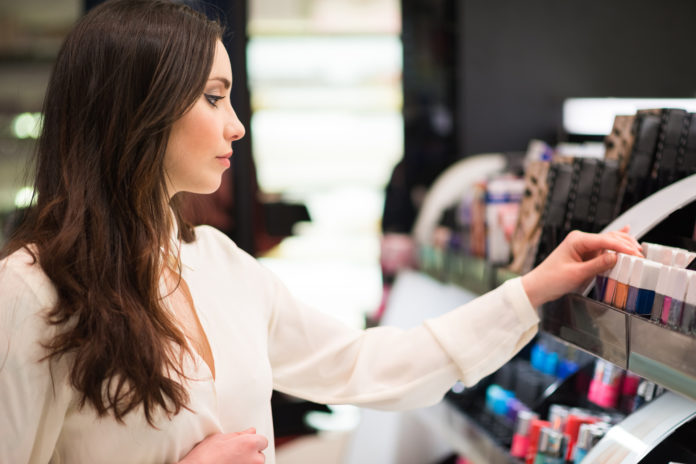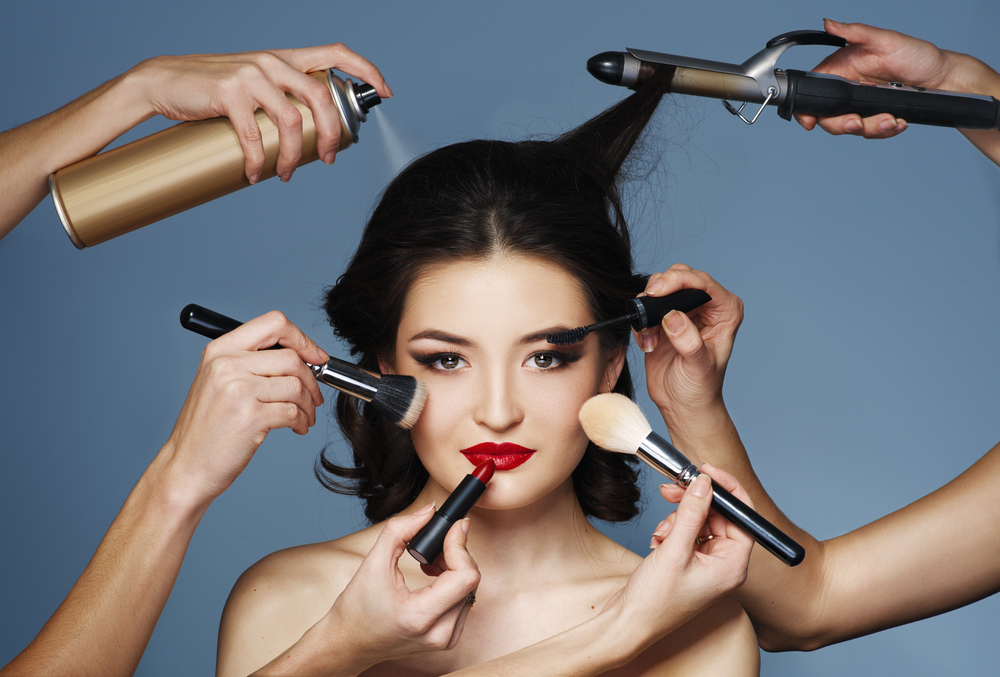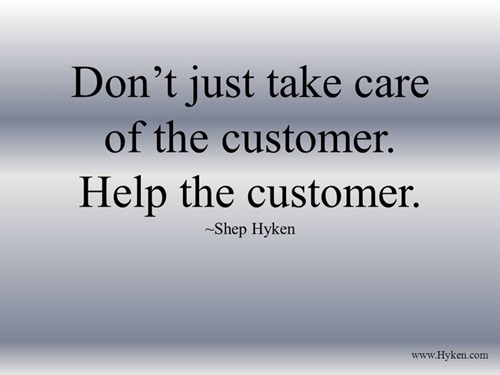
As beauty outlets like Ulta continue their explosive sales in cosmetic and skin care products, how is the spa industry strategizing to capture its own share of the retail market?
Not all retail stores are under pressure. One new chain is expanding. Based on a successful formula, the chain plans to add 100 new 10,000-square-foot stores this year for a total of more than 970 units. The stores are called “Ulta Beauty” (Ulta, not Ultra, notice) and offer makeup, skin care, fragrances and hair products.
A recent article from The Wall Street Journal revealed Ulta’s strategy (1). The first building block of success is location. Ulta avoids the premium urban sites some retailers choose. Instead, Ulta picks less expensive secondary locations, with little or no competition, in outdoor strip malls instead of enclosed malls, where shoppers can easily park and walk directly inside.
The second building block is Ulta gets women to try, wear and, most important, play with beauty products. Mass brands like Cover Girl and Maybelline, normally available in drug and big-box stores, occupy one side while prestige brands like Lancôme and Clinique, usually found only in exclusive department stores, are on the other. Customers can test most products, even hair dryers. And Ulta is dynamic with promotions that bundle top sellers with new items, a technique that takes the focus away from straight discounting and instead encourages customers to discover new things.
This mix of brands offers a broad range of prices, from $2 lip liners to $200 hair dryers, and appeals to all ages. Mothers and daughters often shop together, with three in four customers spending 15 minutes or more in the store, and one in five spending 30 minutes or more. The stores have hair salons, and often facial stations and “brow bars” for eyebrow shaping.
“You hear and see and smell and feel beauty happening around you. It elevates the whole store, even if you are not using it,” Dave Kimbell, Ulta’s chief marketing and merchandising officer, told The Wall Street Journal.
Shoppers test shades of lipstick, sniff different fragrances or get a blowout. “You can’t Amazon that,” said Oliver Chen, head of retail and luxury goods at analyst Cowen & Co, calling Ulta one of a handful of “Un-Amazon-able” retailers in The Wall Street Journal.
Some consumers describe their experience as feeling like a kid in Disneyland. And while there is increasing competition from drug stores and more upscale beauty retailers like Sephora, Ulta differentiates itself by offering both mass and prestige brands together. This encourages what the company calls “mass migration,” where a shopper coming in to buy a cheaper lipstick will wander over to check out more expensive items.
To encourage prestige brands to market outside their usual exclusive upscale retail settings, Ulta sets the high-end brands apart with dedicated areas, special seating, signage and fixtures.
While salon services make up just a small percentage of sales, those customers must make an appointment that forces them to come into the store regularly. These shoppers spend 2.5 times more than non-salon customers and shop twice as often.
Natural products retailers have the ability to offer the same sort of elevated shopping experience by creating areas where customers can linger and learn, try product samples or demonstrate equipment, receive a chair massage or other health treatment. With a little creative thought, you can apply the lessons from Ulta to make your store “Un-Amazon-able,” too! WF
Reference
1. E. Holmes, “A Beauty Retailer That Knows What You Want,” The Wall Street Journal, June 21, 2016, www.wsj.com/articles/a-beauty-retailer-that-knows-what-you-want-1466536921, accessed June 29, 2016.
Published in WholeFoods Magazine August 2016 Author Jay Jacobowitz
Sourced by Mark McKenney (@MarktheSpaman)








